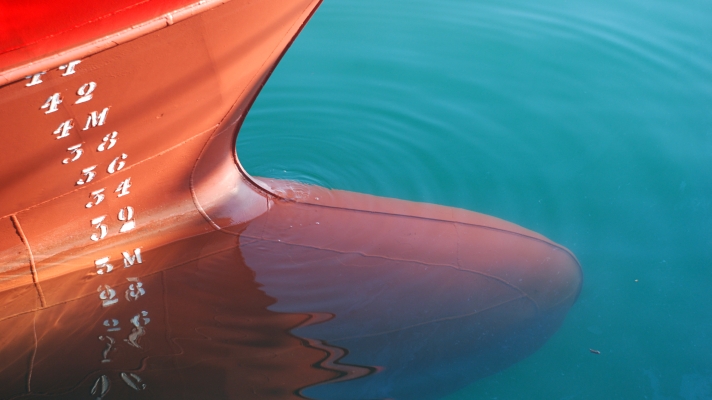A routine transfer of bilge water from the engine room bilges to the bilge water tank was being undertaken. During the transfer, the crew detected a smell of rotten eggs from the bilge tank vent, an indicator of hydrogen sulphide (H2S) gas. But how dangerous is H2S?
The Nautical Institute gathers reports of maritime accidents and near-misses. It then publishes these so-called Mars Reports (anonymously) to prevent other accidents from happening. A summary of this incident:
The transfer was immediately stopped so that an investigation could determine more facts. Using a multi-gas detector, measurements at the tank vent pipe indicated H2S at a level of 453 ppm.
Immediate preventive actions were taken to ensure the H2S fumes would not enter the accommodation. Ducting was installed from the tank vent to the ship’s side to ventilate the tank and continuous monitoring of the area near the tank vent was undertaken until gas concentration readings were reduced to safe levels.
So what had happened? Seawater in bilge tanks, and in particular engine room bilges, mixed with other residues and bio-degradable detergents created conditions favourable for the formation of dangerous levels of H2S gas.
Also read: Apply continuous testing when carrying fumigated cargo on your ship
How dangerous is H2S?
Very! The pictogram below found on the referenced Safety Alert gives an excellent idea of the consequences. Even 10 ppm is acceptable only if exposure is restricted to eight hours per day.
Anything at or above 320 ppm is dangerous or lethal and cannot be detected by smell.

Advice from The Nautical Institute
Any indication of the presence of H2S should be taken with the greatest urgency.
Also read: What are the best ways to prevent enclosed space accidents on board ships?
Mars Reports
This accident was covered in the Mars Reports, originally published as Mars 202252, that are part of Report Number 362. A selection of this Mars Report was also published in SWZ|Maritime’s January 2023 issue. The Nautical Institute compiles these reports to help prevent maritime accidents. That is why they are also published (in full) on SWZ|Maritime’s website.
More reports are needed to keep the scheme interesting and informative. All reports are read only by the Mars coordinator and are treated in the strictest confidence. To submit a report, please use the Mars report form.
Also read: Gas vapour detected in a ballast tank








